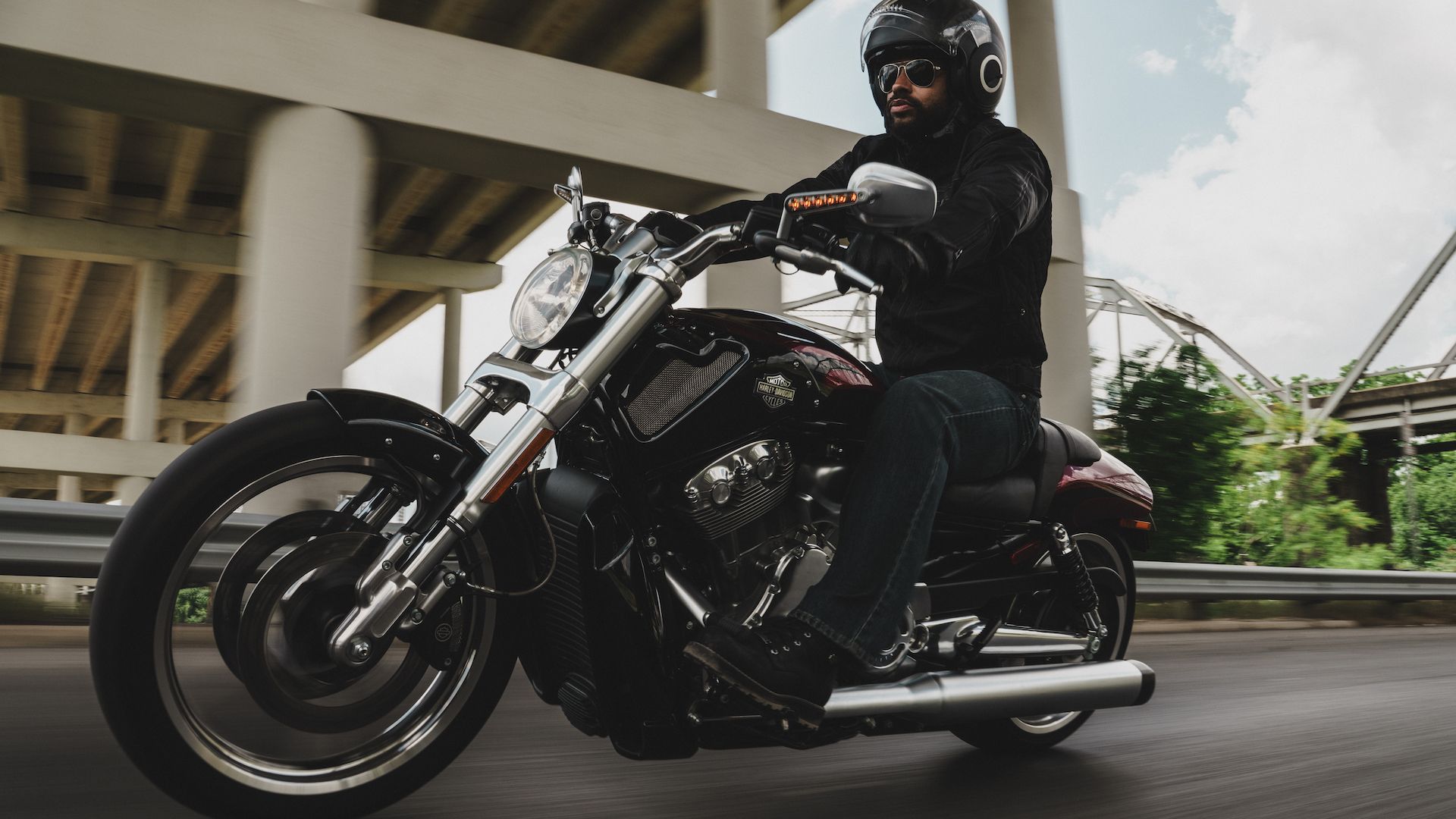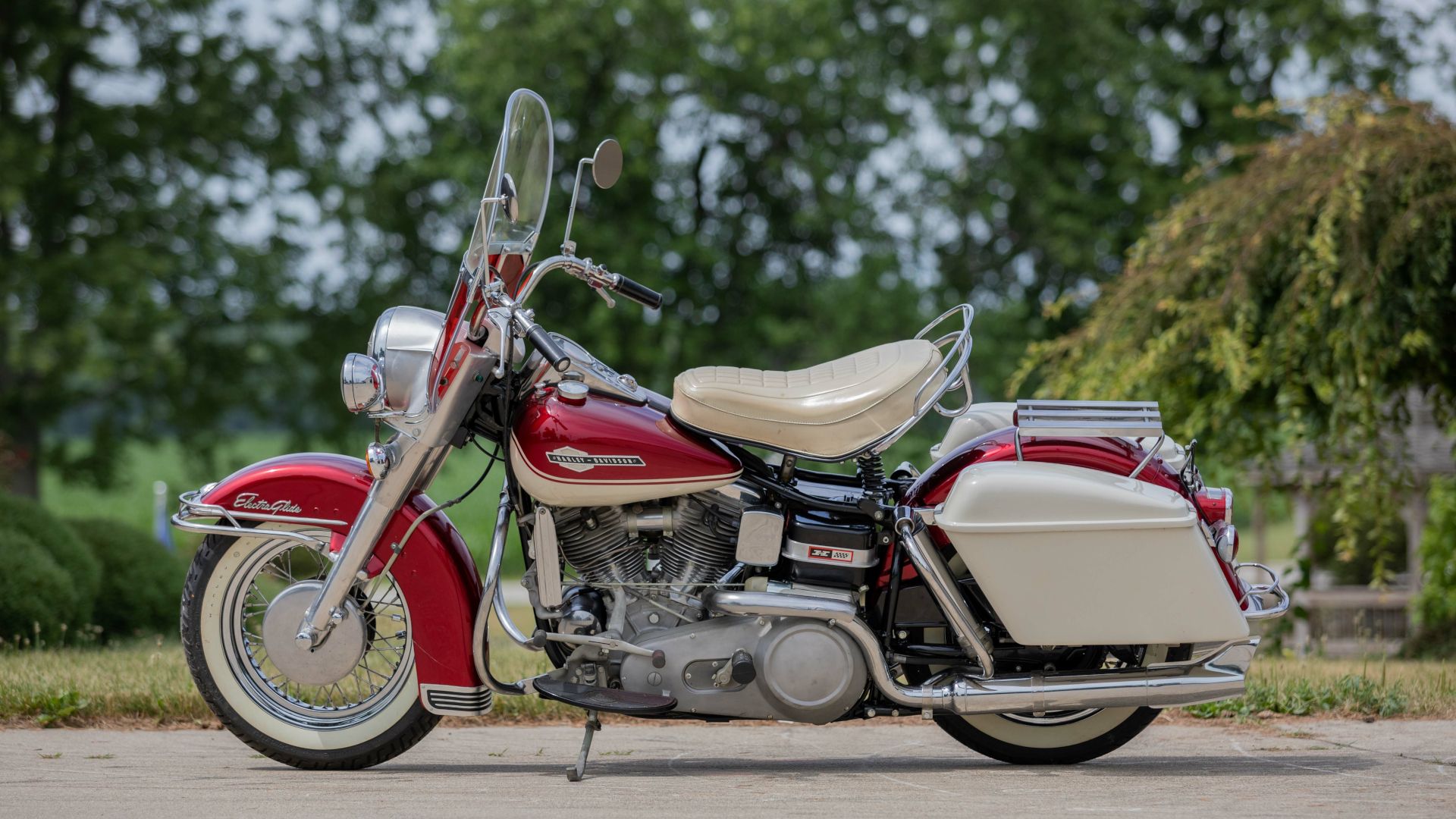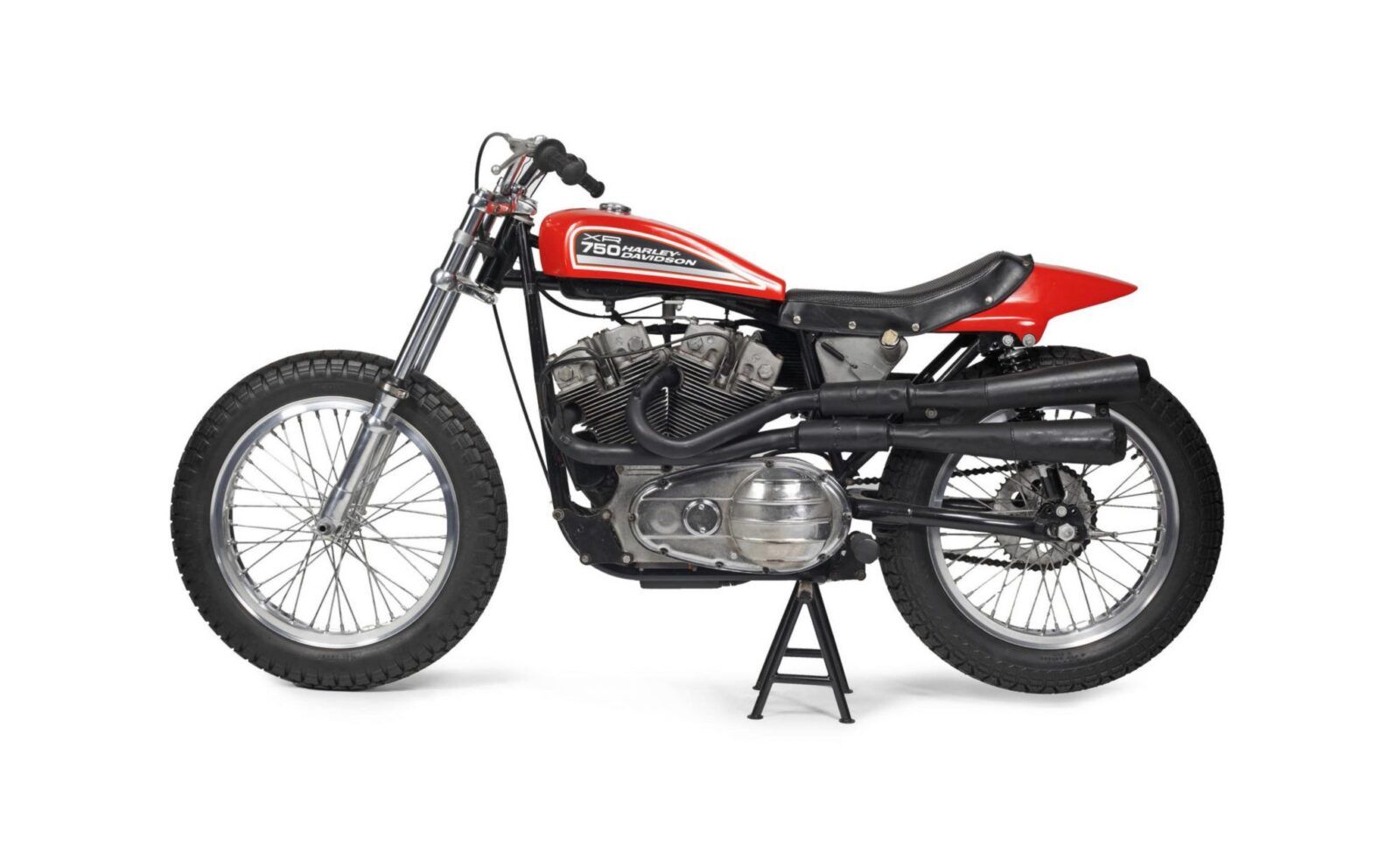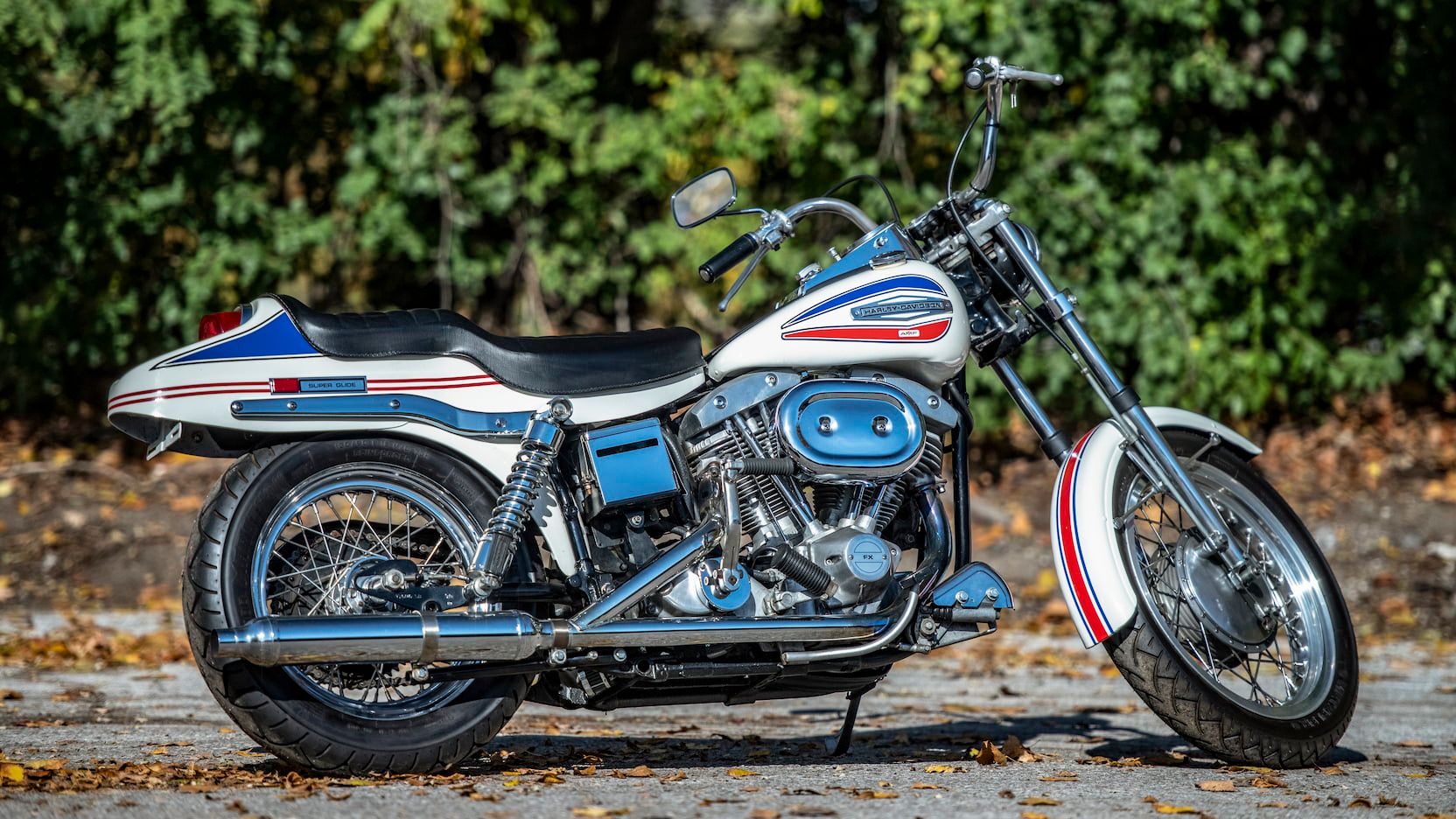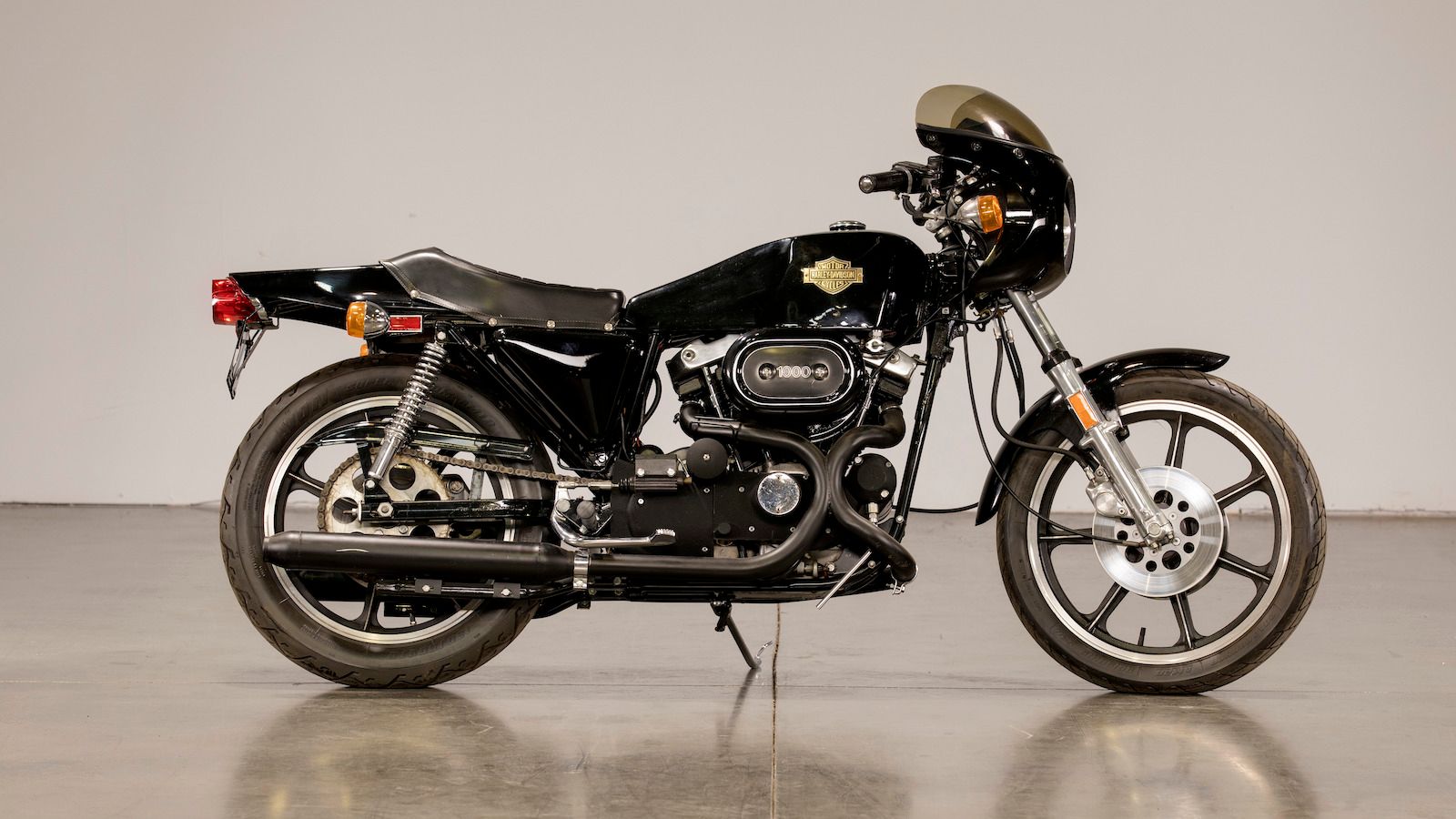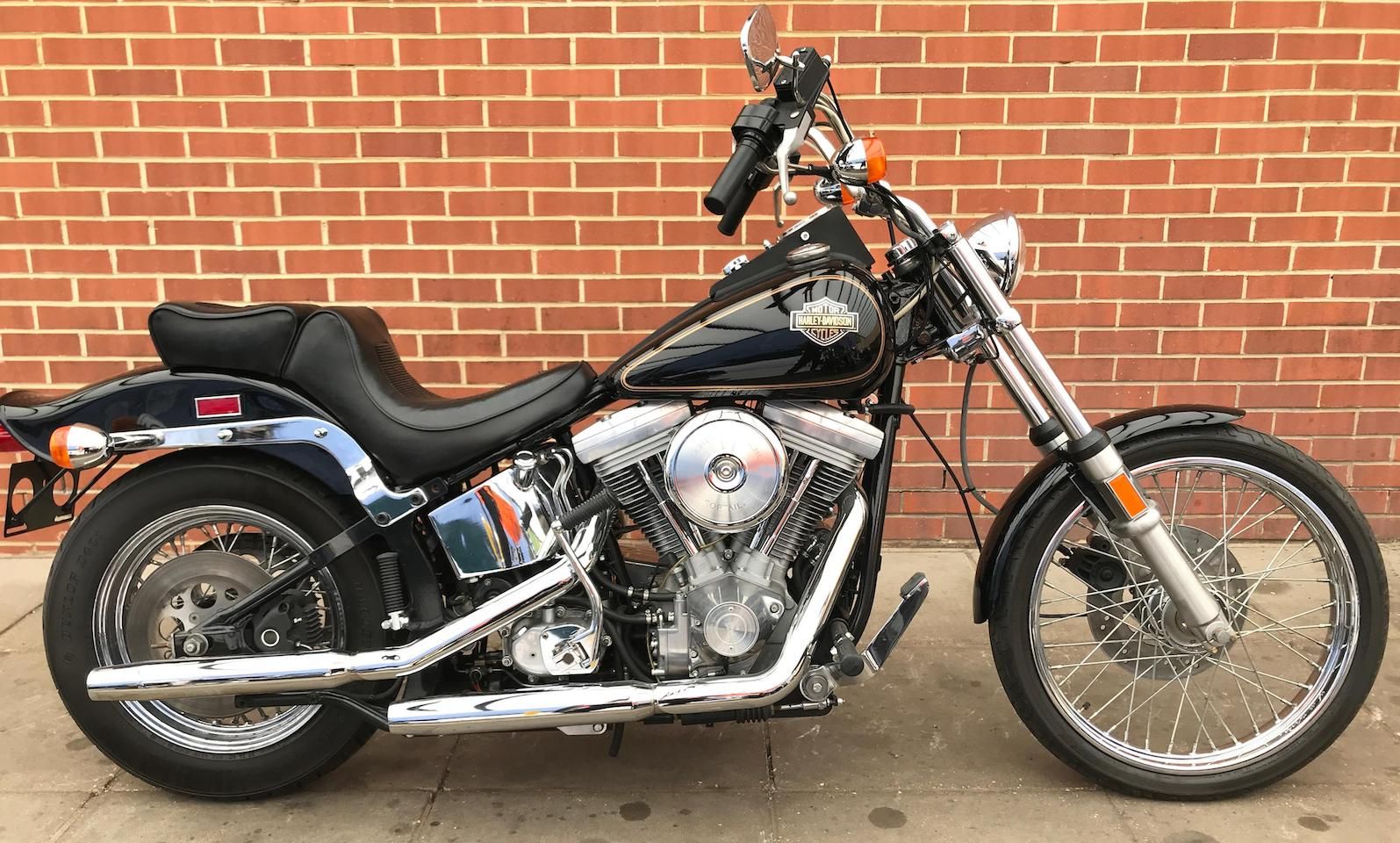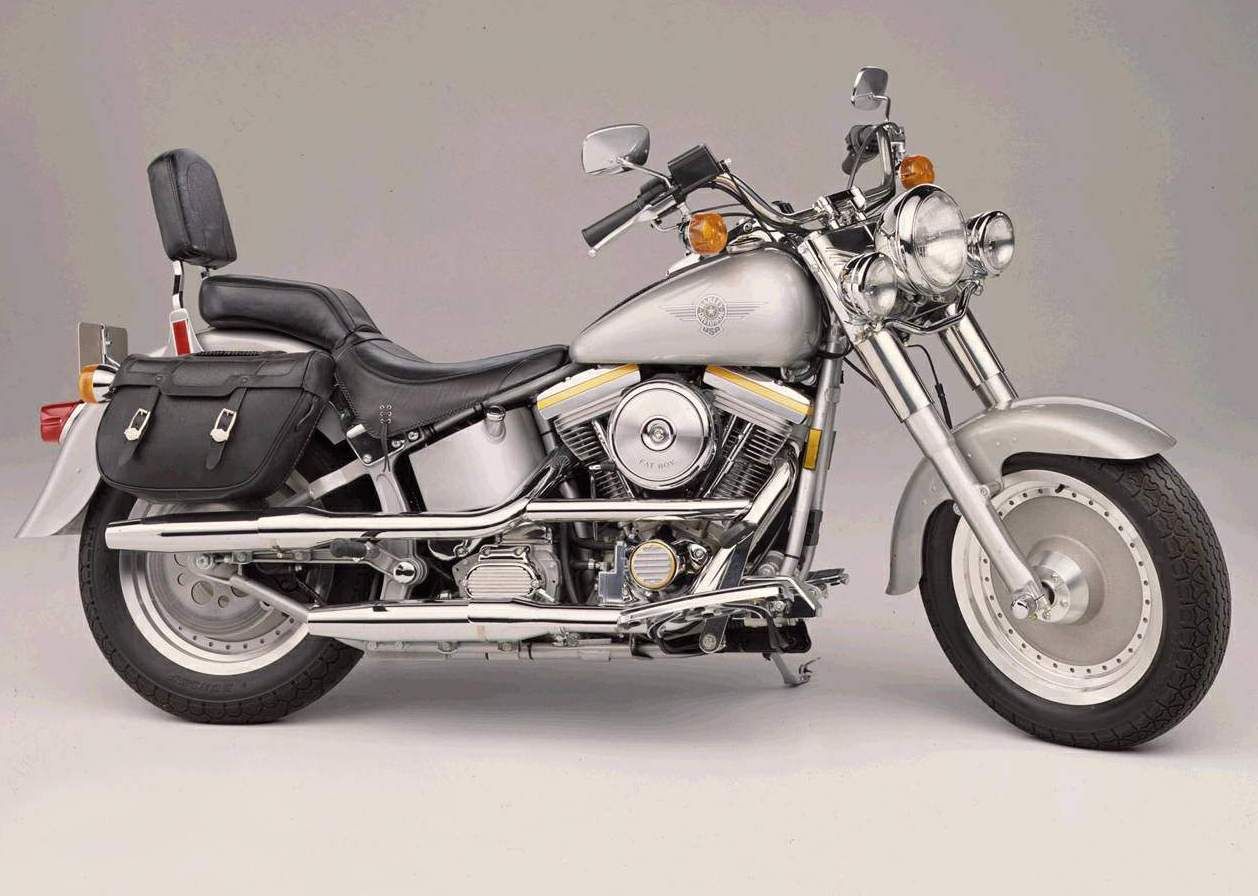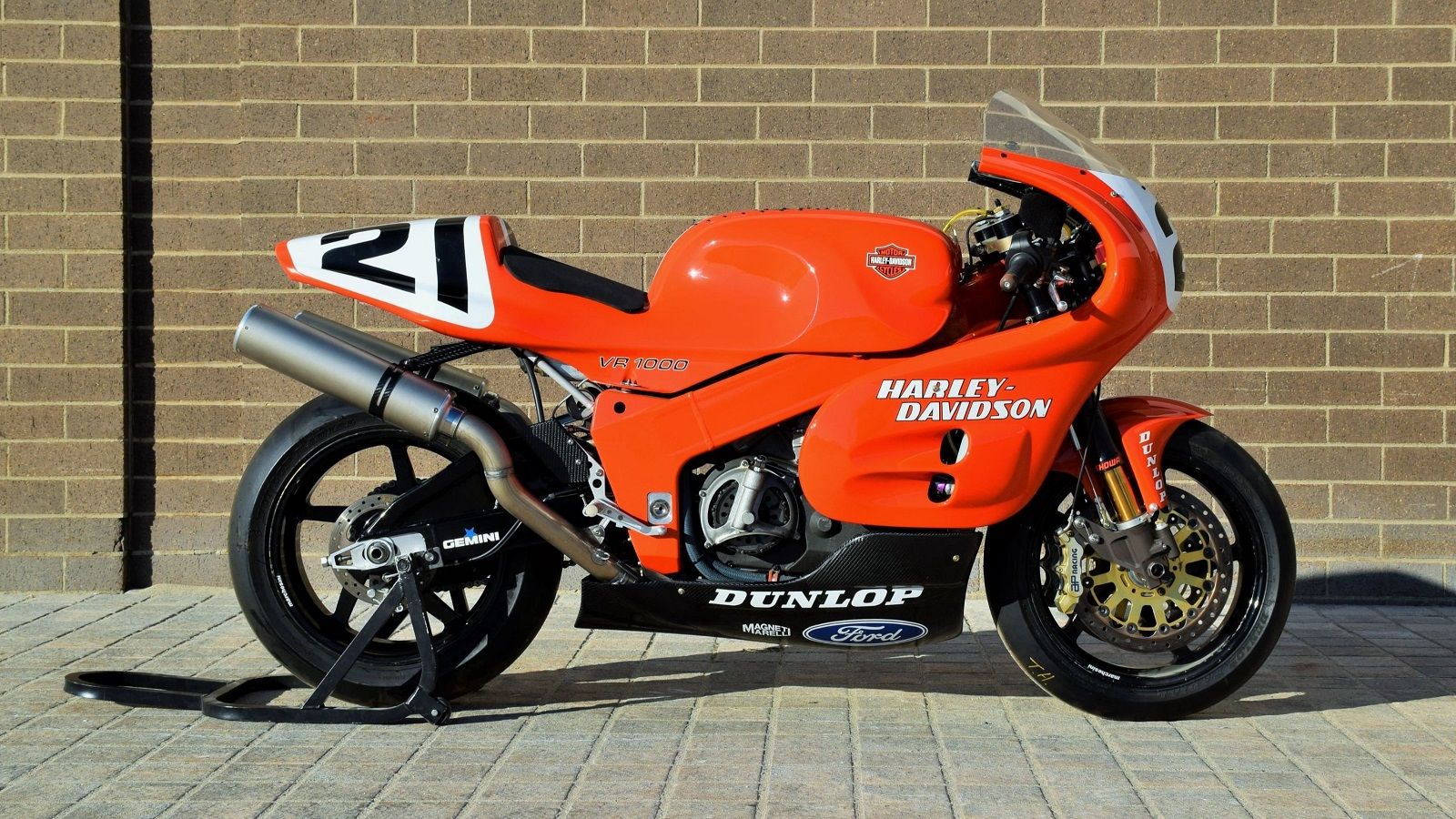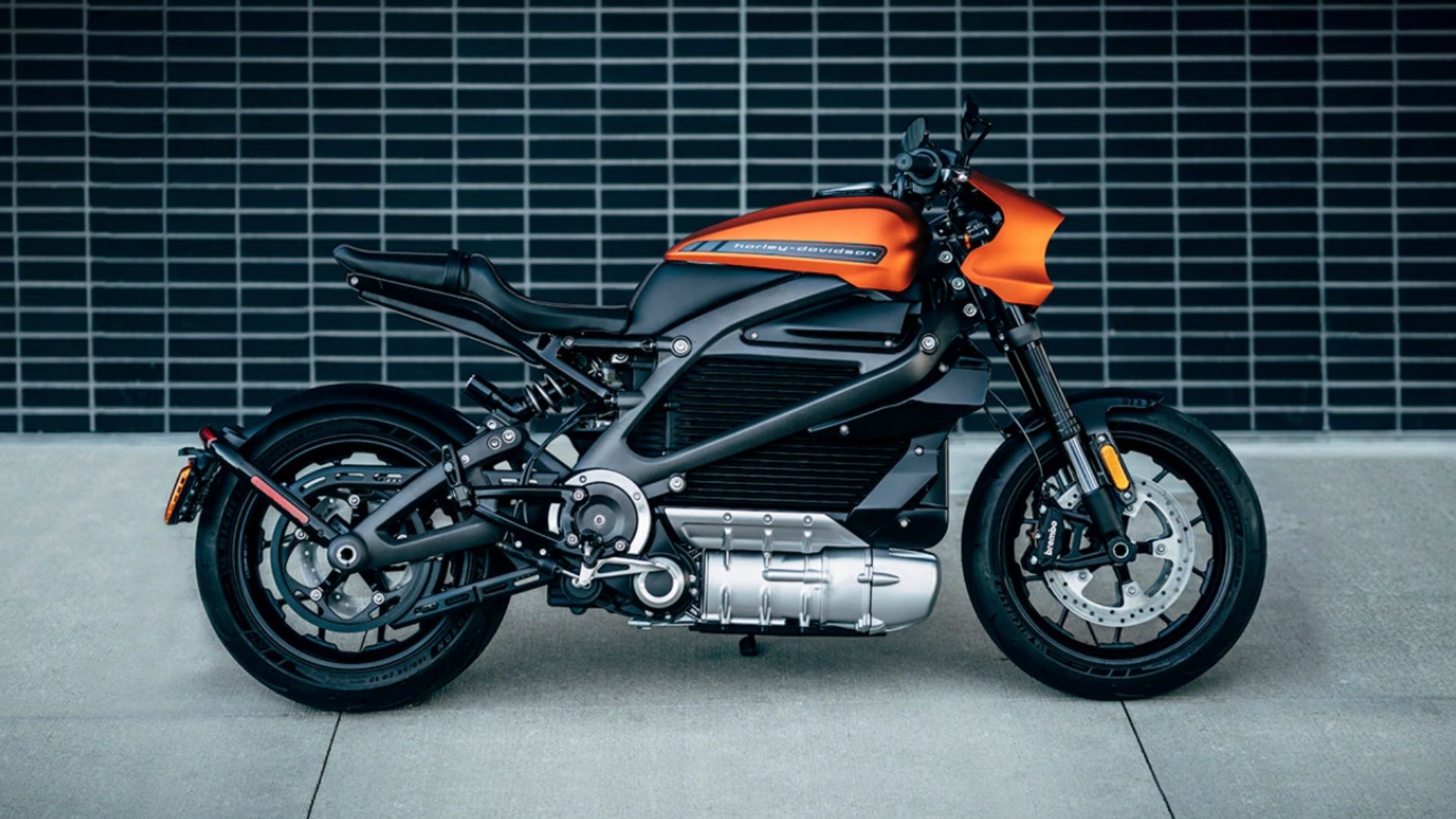It is very easy to be dismissive of Harley-Davidson’s contribution to the development of the motorcycle as we know it today, a common impression given the fact that it is often very difficult to tell one decade of Harley production from any other. But while the company fosters this traditionalism and uses it to great effect to sell motorcycles, it has also done its fair share of innovating over the decades since the first motorcycle appeared in 1903 and this continues in 2023 thanks to new models such as the Pan America and the LiveWire which, although it is not badged as a Harley-Davidson anymore, is still very much part of the parent company. Here’s a list of the ten biggest Harley-Davidson game-changers.
10 FLH Electra Glide - 1965
The 1960s were a period of change for Harley-Davidson. At the end of the 1950s, swing-arm rear suspension had been adopted and then, the Shovelhead engine replaced the Panhead engine in 1965, but that wasn’t the only innovation. In 1965, 12-volt electrics and electric start was fitted for the first time, creating the ElectraGlide. But the most significant development was an accessories package that included panniers and a touring screen, a response to customers fitting after-market touring accessories. In 1969, the ‘batwing’ fairing was announced and, by 1971, these accessories were fitted as standard, creating the first ‘full dress’ tourer. Even BMW hadn’t got that far in the 1960s!
9 XR750 - 1970
Flat track racing success was largely the preserve of Harley-Davidson in the 1960s, due to rules that outlawed overhead valve engines to 500cc, which effectively ruled out the British 650cc twin-cylinder engines, leaving the way clear for the side-valve KR750 Harleys. Then, in 1969, the rules were changed, allowing the British 650cc engines, and Harley was forced back to the drawing board. The result was the overhead valve XR750, a purpose-built racing motorcycle. A change to aluminum cylinder heads in 1972 completed the picture and, helped by the relative lack of competition from any other manufacturer - the British motorcycle industry had largely disappeared by then - the XR750 won 29 of the 37 AMA championships up to 2008.
8 FX Super Glide - 1971
The 1970s were not happy years for Harley-Davidson, now under the ownership of AMF, and it was a period when the bikes became ever more dated mechanically and reliability also suffered. The late-1960s and early 70s had seen a boom in the popularity of custom motorcycles, which tended to marry components from different motorcycles in the name of style. Willie G. Davidson looked at this and decided to do the same, taking the big engine and fat rear tire of the FL Glide and marrying it to the spindly forks and front wheel of the FX Sportster. The bodywork, especially the rear ‘boat-tail’ fender, was polarizing and didn’t last long, but the FX Super Glide was the very first production motorcycle to incorporate a custom look, something that future Harleys would use to great effect.
7 XLCR - 1977
The café racer, as defined by British motorcyclists, was a stripped-down production bike, with style, lightness and performance uppermost in mind. Now, with the best will in the world, a Harley-Davidson is a heavy piece of equipment, and that includes the Sportster, upon which the XLCR is based. A stock Sportster, even with a bikini fairing, single seat, racing tank and drop handlebars was never going to be anything but a stock Sportster with some ‘racy’ goodies bolted on was still going to be a stock Sportster which, with the best will in the world, was no sports bike, despite the name. But there’s no denying that the XLCR looked great, even if it sold only around 1000 examples a year for the three years of its existence. It was also one of the very few factory café racers, several decades before the Triumph Thruxton brought the style back into fashion.
6 FSXT Softail - 1984
By the early 1980s, Willie G. and the board of directors of Harley-Davidson had bought the company back from AMF and set about stopping the rot that had set in. First step was to replace the ancient Shovelhead engine, which was desperately over-stressed, and replace it with the all-new aluminum Evolution engine, with more power and, crucially, infinitely better reliability. The other huge advance was the Softail rear suspension, which looked like a traditional hardtail design but which was, in fact a development of the old Vincent cantilevered rear suspension system. Overall, this was a completely new motorcycle, as befits a completely new approach as decided by the new management. Luckily, the gamble paid off and the FXST Softail was the saving of the company.
5 FLSTF Fat Boy - 1990
With the company now on a sound financial footing and with the new Evo-engined models selling well, the time had come to explore new styling avenues. In the case of the Fat Boy, this meant using the Heritage Softail as base, then replacing all the bling, studs, chrome, wire wheels and whitewalls, with a design that was ultra-clean and simple with bold, plain styling and those signature solid disc wheels. The design was first tested on the crowds at Daytona bike week and, when the reaction was favourable, it was put into production and rapidly became known as the model that made Harley cool again. A starring role in the second terminator movie didn’t hurt, either.
4 VR1000 - 1994
Evidence of Harley’s new-found success and drive came in the form of the startling VR1000. Racing sells, so we are told, but Harley didn’t take the easy route and simply concentrate on flat track racing. No, the intention was to enter the American AMA Superbike championship. To do this, a new liquid-cooled, fuel-injected, 60-degree, 1,000cc, 135 horsepower engine mounted in an aluminum twin-spar frame was conceived and built in sufficient numbers to qualify for the series. However, despite being started in 1991, it didn’t appear until 1994, by which time it was underpowered compared to its rivals. The concept soldiered on until 2001 and was then dropped. But it showed that Harley-Davidson was prepared to look seriously at liquid-cooling, as the next model proved.
3 VRSCA V-Rod - 2001
As with many manufacturers, the realization that the writing was on the wall for air-cooled engines was not lost on Harley. The result was the VRSCA V-Rod, complete with a 60-degree, liquid-cooled V-Twin engine. If the engine was a departure, then so was the rest of the bike. A tubular steel chassis frame was used, complete with brushed aluminum body panels and Brembo brakes, which should have made it a ground-breaking sports cruiser. Well, it was that, but it failed to ignite interest in the traditional Harley-Davidson customer. Partly it was because it wasn’t all that sporty, being too heavy and the wheelbase too long, but also partly because it was a case of a little too much change, too soon. Eventually it was killed off by failing to meet Euro4 emissions regulations, which is ironic as the air-cooled models are still with us and Euro5 compliant.
2 FLHX Street Glide - 2006
‘Baggers’ are so popular right now that it is difficult to remember a time when there was no such thing. When the first Bagger appeared in 2006, the FLHX Street Glide, many customers were confused - why would you want a chopped-down and less-practical ElectraGlide? However, despite this initial resistance, the FLXH Street Glide was the start of something huge for Harley-Davidson and for American motorcycling in general. The Street Glide would go on to become Harley’s best-selling model of the 2000s and, when the second generation was launched in 2012, complete with larger front wheel, the Street Glide continued this sales success, allegedly out-selling all imported motorcycles. If that’s true, then it’s an incredible turn-around for a company that, 30 years previously, was on the verge of going out of business.
1 LiveWire - 2019
Hang on: isn’t this meant to be motorcycling’s most traditional and heritage-bound manufacturer? So what on earth was it doing launching the first electric motorcycle by a major manufacturer to go into full-scale production? Here was a high-tech motorcycle of the future that somehow also managed to be completely Harley-Davidson. OK, so it was - and remains - expensive and, yes, a lot of motorcyclists remain to be convinced by the effectiveness and practicality of electric motorcycles but for Harley-Davidson to commit what must have been a huge amount of money to development just shows that, despite the tradition, the aging customer base and traditional image, there is still a huge appetite for innovation and thinking outside the box.

